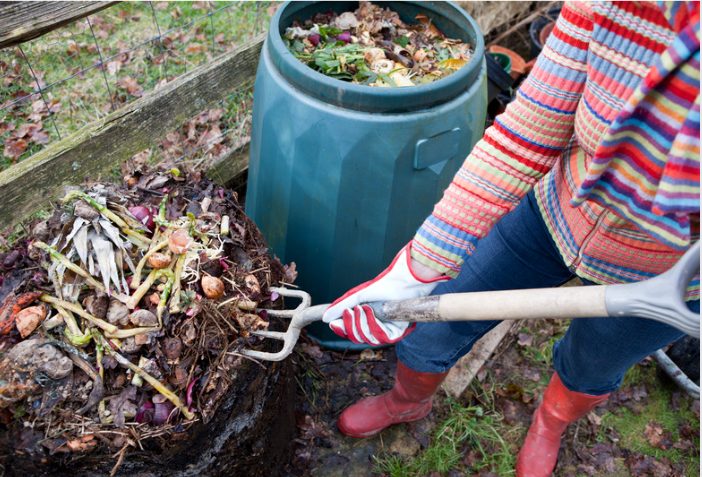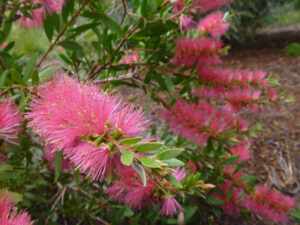Composting, How To's, News
Native Garden Home Composting 101
Native Garden Home Composting is an excellent way to reduce waste and turn food scraps and yard debris into nutrient-rich soil that can be used to nourish plants and gardens.
Making your own compost at home for your native garden is easy and cost-effective, and it’s a great way to reduce your environmental impact while promoting healthy soil.
To get started with native garden composting, you’ll need a few key materials. These include a compost bin, which can be purchased or made from materials like wood or wire mesh, as well as a mix of “green” and “brown” materials to fill it. Green materials include things like fruit and vegetable scraps, coffee grounds, and grass clippings, while brown materials include leaves, twigs, and newspaper.
Once you have your materials, it’s time to start building your compost pile. Begin by layering brown and green materials, starting with a base layer of brown materials like leaves or twigs. Add a layer of green materials, like vegetable scraps or grass clippings, on top of the brown layer. Continue alternating brown and green layers until your compost pile is about three feet tall.
It’s important to keep your compost pile moist, so be sure to add water as needed to keep the materials damp but not soaking wet. You can also aerate the pile by turning it over every few weeks with a garden fork or shovel. This helps to introduce oxygen into the pile and speed up the decomposition process.
As your compost pile breaks down, it will generate heat, which is a sign that the materials are decomposing and breaking down into soil. After several weeks or months, depending on the size of your compost pile and the materials used, you’ll be left with a nutrient-rich soil that can be used to fertilize plants and gardens.
There are a few key tips to keep in mind when making your own compost at home. First, it’s important to balance the ratio of green and brown materials in your pile. Aim for a ratio of about three parts brown to one part green. This will help to ensure that your compost pile breaks down evenly and doesn’t become too wet or smelly.
It’s also important to avoid adding meat, dairy, or other animal products to your compost pile, as these can attract pests and rodents. Stick to plant-based materials like fruit and vegetable scraps, coffee grounds, and yard debris.
Finally, be patient with your compost pile. It can take several weeks or even months for materials to break down into soil, so don’t be discouraged if you don’t see results right away. With time and patience, you’ll be able to create a nutrient-rich soil that can help your plants and gardens thrive.
In addition to reducing waste and promoting healthy soil, composting can also help to conserve water by improving soil quality and reducing the need for irrigation.
In conclusion, making your own compost at home is a simple and rewarding way to reduce waste, promote healthy soil, and support a more sustainable lifestyle.
With a few basic materials and some patience, you can turn food scraps and yard debris into nutrient-rich soil that can help your plants and gardens thrive.
So why not give native garden composting a try?
Your garden (and the planet) will thank you for it!




